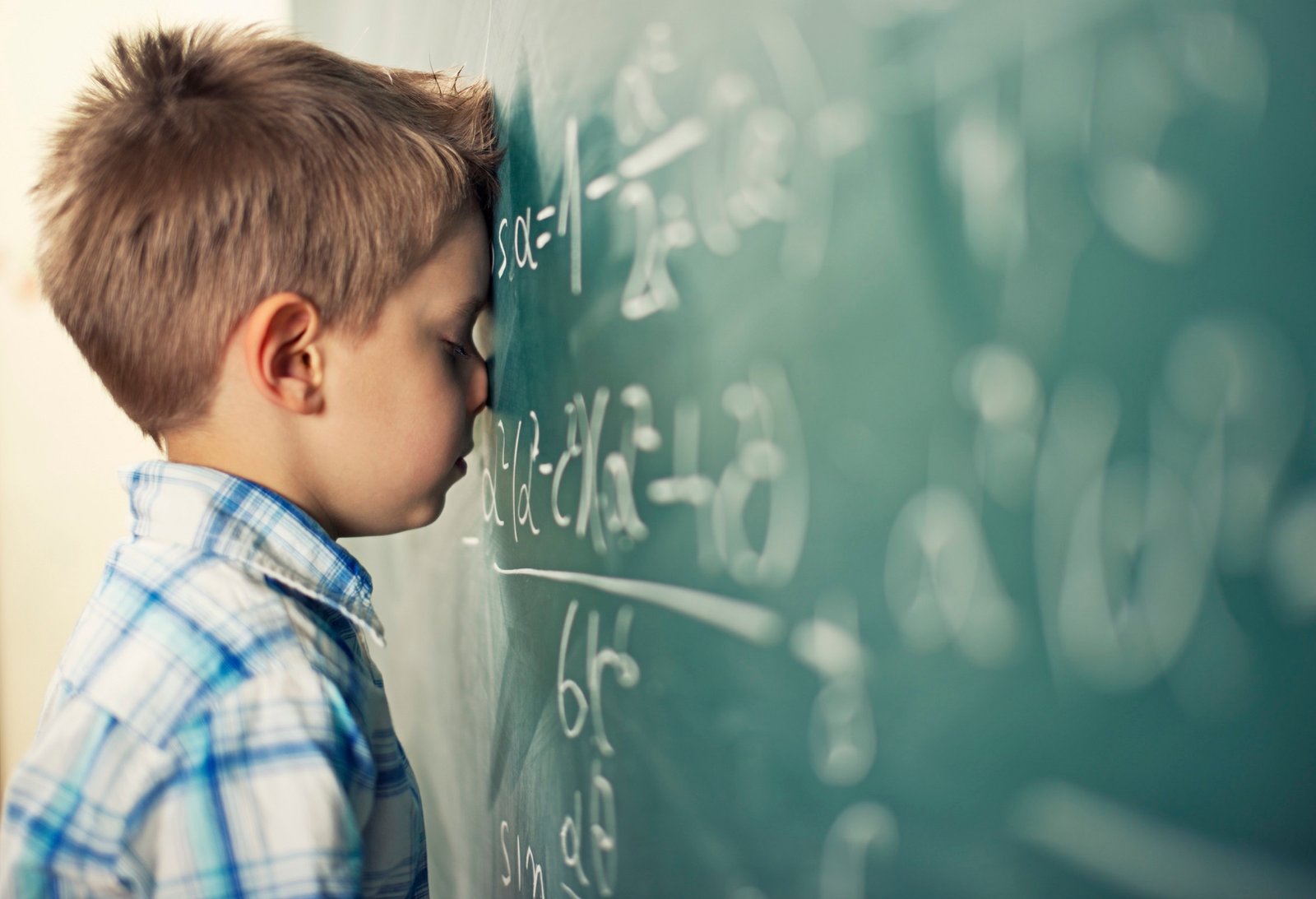“There was a little girl who thought that everyone, including herself, was special. But the people
around her didn’t seem to think that. They called her bigheaded, a nuisance, and dummy mouth.
They didn’t let her be sad or angry. One teacher even called her backward and lazy.
She wanted to be listened to the way she REALLY was. She wanted to be able to talk about her
feelings and not pretend she was happy when she wasn’t. She wanted to be real. But everyone
around her wanted to pretend; and slowly, slowly, the little girl thought that the only way to be
loved was to pretend, too. She really, really wanted to be loved. So she learned to pretend like the
other people and fit in really well”.
Imagine having important needs and ideas to communicate, but being unable to express them.
Perhaps feeling bombarded by sights and sounds, unable to focus your attention. Or trying to read
or add but not being able to make sense of the letters or numbers.
You may not need to imagine. You may be the parent or teacher of a child experiencing
academic problems, or have someone in your family diagnosed as learning disabled. Or possibly
as a child you were told you had a reading problem called dyslexia or some other learning
handicap.
Parents are often worried when their child has learning problems in school. There are many
reasons for school failure, but a common one is a specific learning disability. Children with
learning disabilities usually have a normal range of intelligence. They try very hard to follow
instructions, concentrate, and “be good” at home and in school. Yet, despite this effort, he or she
is not mastering school tasks and falls behind. Learning disabilities affect at least 1 in 10 school
children.
These children have average or above average IQ. They have high creativity level. The prospects are
hopeful. It is important to remember that a person with a learning disability can learn. The disability
usually only affects certain limited areas of a child’s development. In fact, rarely are learning disabilities
severe enough to impair a person’s potential to live a happy, normal life.
What Is a Learning Disability?
Unlike other disabilities, such as paralysis or blindness, a learning disability (LD) is a hidden
handicap. A learning disability doesn’t disfigure or leave visible signs that would invite others to
be understanding or offer support.
LD is a disorder that affects people’s ability to either interpret what they see and hear or to link
information from different parts of the brain. These limitations can show up in many ways–as
specific difficulties with spoken and written language, coordination, self-control, or attention.
Such difficulties extend to schoolwork and can impede learning to read or write, or to do math.
Learning disabilities can be lifelong conditions that, in some cases, affect many parts of a
person’s life: school or work, daily routines, family life, and sometimes even friendships and
play. In some people, many overlapping learning disabilities may be apparent. Other people
may have a single, isolated learning problem that has little impact on other areas of their lives.
Their self-esteem sinks, causing depression, anxiety, and attention deficit disorder. Girls tends
to become introvert and boys defiant.
For instance, a child who does not learn addition in elementary school cannot understand
algebra in high school. The child, trying very hard to learn, becomes more and more frustrated,
and develops emotional problems such as low self-esteem in the face of repeated failure. Some
learning disabled children misbehave in school because they would rather be seen as “bad”
than “stupid”.
Probable causative factor:
It is believed that learning disabilities are caused by a difficulty with the nervous system that
affects receiving, processing, or communicating information. They may also run in families. Some
children with learning disabilities are also hyperactive; unable to sit still, easily distracted, and
have a short attention span.
Types of learning disorder:
Dyslexia: Severe difficulty in using and understanding language. Problems with speaking, listening,
reading and writing. Kids with dyslexia can be extremely creative otherwise and often excel in the
visual arts, sports, mechanics and areas that require spatial skills.
Dysgraphia: inability to write legibly and quickly.
Dyscalculia: problems with mathematical problems and concepts.
Dysnomia: A marked difficulty to remember names or recall appropriate words when required
to answers a question immediately.
Sign and symptoms of Learning Disorder:
These symptoms become clear when the child is in class 3, and needs to read and write. Inability
to meet the requirement of reading and writing are the first sign.
Has difficulty in understanding and following instructions.
Has trouble remembering what someone just told him or her.
Fails to master reading, spelling, writing, and/or math skills, and thus fails schoolwork.
Has difficulty distinguishing right from left; difficulty identifying words or a tendency to reverse
letters, words, or numbers; (for example, confusing 25 with 52, “b” with “d,” or “on” with “no”).
Lacks coordination in walking, sports, or small activities such as holding a pencil or tying a
shoelace.
Easily loses or misplaces homework, schoolbooks, or other items.
Cannot understand the concept of time; is confused by “yesterday,” “today,” “tomorrow.”
Poor at task such as blowing nose or tying shoe laces.
Very impulsive in everything.
Diagnosing learning disabilities and learning disorders
The diagnosis of these conditions is based on three things. A history from the person and his
family, a clinical examination, and testing.
The history should show that these problems have been present since school began to one degree
or another. The clinician should be able to get a fairly good idea where the problems lie by finding
out what teachers and parents have found when they work with the child.
The examination consists of reading with the person, asking them questions about how they read,
having them write, do math, draw, and check their coordination.
The testing consists of a test of the child’s overall intelligence, a test of how good they are at
school skills compared to other children, and tests for each of the learning disabilities noted
above. This testing can only be done by a psychologist.
Positive Points:
They have IQ which is normal or above normal. Many of them are good at visual spatial integration and can
take up computers or other art area. These children’s are very creative and artistic. They excel in field like
drawing, painting, computer graphing, sports etc.
How many children have learning disorders?
It is hard to say because no one can agree how far behind you have to be to in the disorder
category. Using two grade levels behind where they should be, 5-10% of all persons have a
learning disorder. In the past, it was thought that more males were affected. It isn’t true.
Other disorder comes close to learning disorder:
Attention Deficit Hyperactivity Disorder (ADHD). If you have a learning disorder, you have a 20-
25% chance of having ADHD. That is about a five times increase over the general population.
Looking at it the other way, if you have ADHD, you have a 30-70% chance of having a learning
disorder. Everyone who is checked for ADHD needs to be checked for a learning disorder and
vice versa.
Tourettes Disorder. This is tics which are disabling. About 60% of children with Tourette’s have a
learning disorder.
Personality Disorders – Some people have particularly nasty parts of their personalities. Common
names of these are Conduct Disorder and Oppositional Defiant Disorder. About one third have
learning disorders.
Language Disorders – Children who are not developing language well often have other learning
disorders.
Role of Homoeopathy in learning disorder:
Homoeopathy is one form of medicine, which gives these children space to understand problems
better. Homeopath tries to understand the problems associated with the learning disorder, how
they perceive their problem, emotions associated with it, fears and feelings associated with it,
finding out their areas of interest, his interaction with people around, how he copes up with the
stresses due to his problem, reaction to the to feelings and his perception.
Each child has his own imaginary world in which he lives. By understanding the imaginary world of
the children (which is his inner world), it becomes very easy for the Homeopath to understand the
child and what is going on in his mind and the effect on his body because of the learning disability.
By understanding all of above and subsequently treating through this understanding, it not only
help child to cope up with learning disability but it improves the attitude of child towards life. It
channels the energy of the child in a proper direction where he can explore his potential and
creativity to a maximum. Things or situation, which used to give them stress reduces day by day
and makes them able to cope up with their disability. With the homoeopathic treatment the child
will experience more energy, will have a clear mind, a sharp memory, and more balanced
emotions. Their relationship with the siblings and parents changes. They become less dependent,
stronger and more resilient.
These children’s are very creative and artistic and excel in field like drawing, painting, computer
graphing, sports, homoeopathy help them to realize creative power within them so that they can
use the creative power for their growth.
Homoeopathy attempts to bring each child to the highest level of health possible on physical,
mental and emotional level.
“Acceptance and support from the parents and teachers along with Homoeopathic
treatment can do wonders to these children. Homoeopathy helps them to cope
with their studies and discover their skills”




